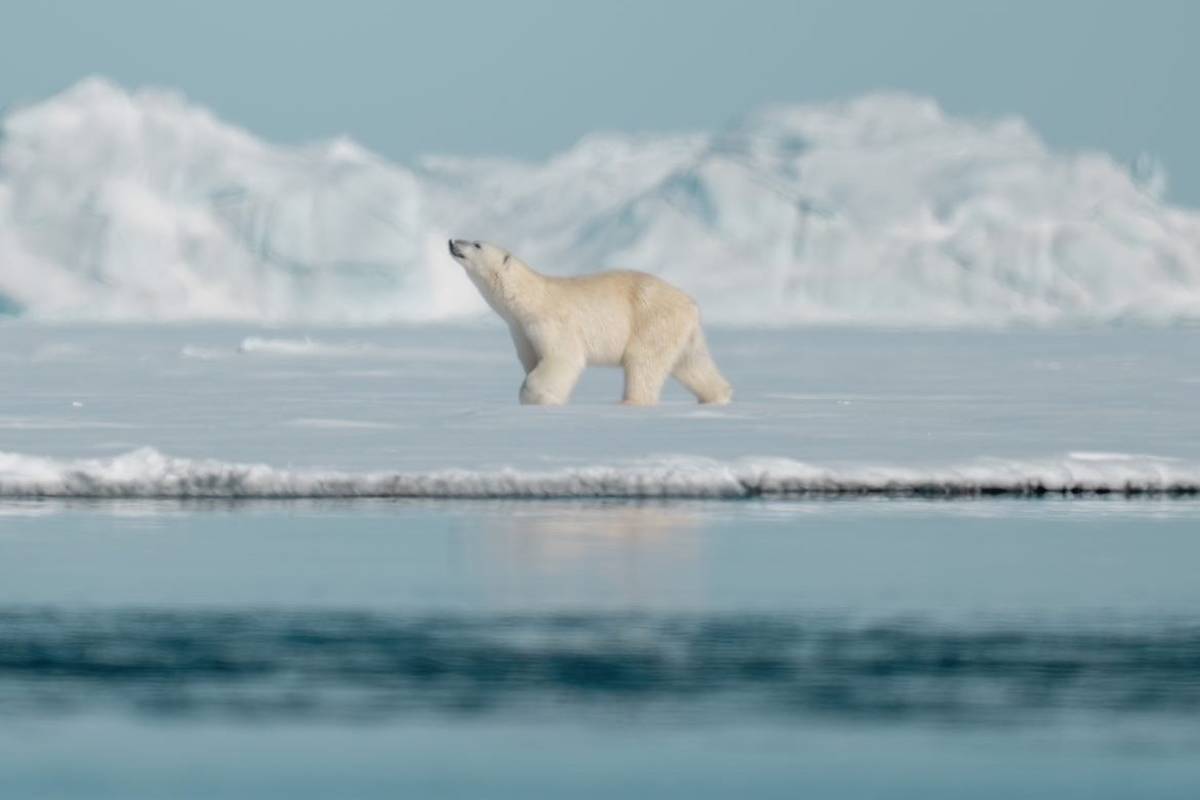Beluga Cam and Beluga Bits in Churchill: To honor Arctic Sea Ice Day, Polar Bears International and explore.org, the world’s largest nature live-streaming network, launch the Beluga Whale Live Cam, broadcasting the annual migration of 57,000 belugas that journey to the warm waters of Hudson Bay’s Churchill River estuary to feed, molt, and give birth to their young. The Beluga Cam has above and below-water views streaming from Delphi the Beluga Boat on Hudson Bay near Churchill, Canada. Belugas rely on sea ice for protection from predators and for feeding. Melting sea ice also indirectly impacts belugas, as disappearing ice means there are more open lanes for commercial shipping. Shipping brings noise pollution, which hurts the belugas’ ability to communicate with one another– belugas are known as the most vocal whales in the world.
The Beluga Cam feeds into the Beluga Bits citizen science project, a collaboration between the Assiniboine Park Conservancy, explore.org and Polar Bears International, which asks people to capture and classify screenshots from the Beluga Cam. Since Beluga Bits was launched, the project has had nearly 22,000 registered participants who’ve contributed nearly 5 million photo classifications and roughly 22,000 volunteer hours.
About Polar Bears International
Polar Bears International’s mission is to conserve polar bears and the sea ice they depend on. We also work to inspire people to care about the Arctic, the threats to its future, and the connection between this remote region and our global climate. Polar Bears International is the only nonprofit organization dedicated solely to wild polar bears and Arctic sea ice, and our staff includes scientists who study wild polar bears. The organization is a recognized leader in polar bear conservation. For more information, visit www.polarbearsinternational.org.
About explore.org
Founded in 2004 by Charles Annenberg Weingarten, Director and Vice President of the Annenberg Foundation, explore.org is a philanthropic multimedia organization with a mission to champion the selfless acts of others and create a portal into the natural world. With over 100 live streaming cameras, explore.org is the largest live nature network in the world.
About Beluga Bits
Beluga Bits is a collaboration between the Assiniboine Park Conservancy, Explore.org and Polar Bears International, among other partners. Data collected by the live cam, and classified by volunteers, helps scientists study the social structure and natural history of the beluga that visit the Churchill River in Northern Manitoba, Canada.
Media Contacts
Annie Edwards — annie@fabricmedia.net, +44 0 7307 139 782
Melissa Hourigan — melissa@fabricmedia.net, +1 720 988 3856


















